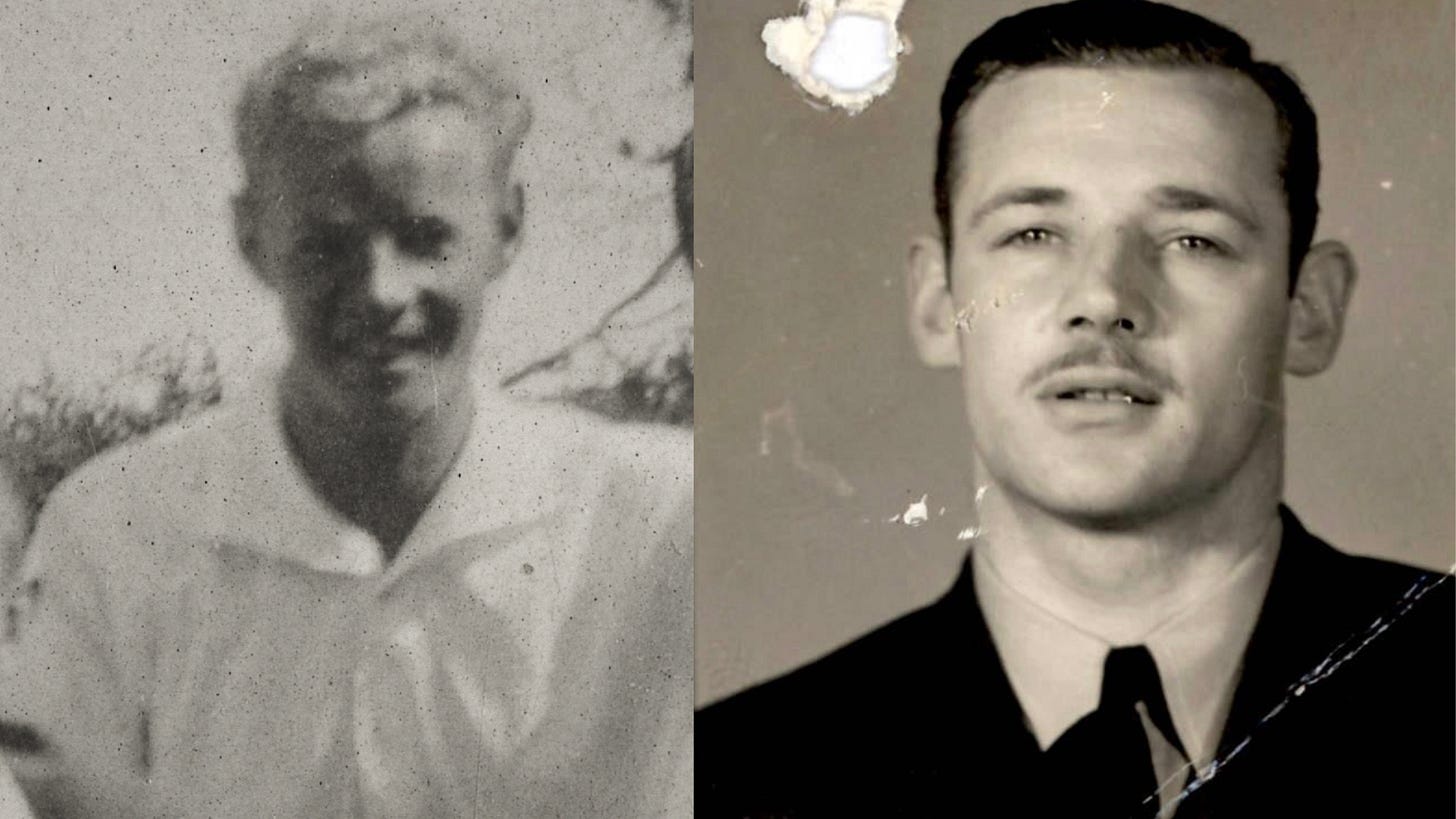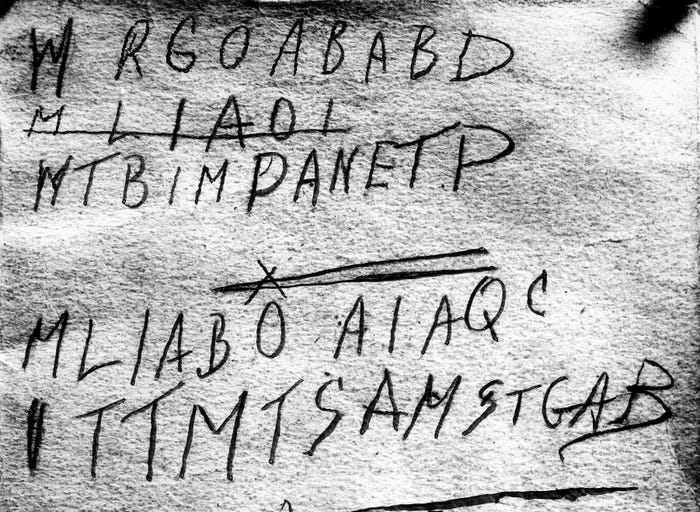The Unsolved Mystery of the Somerton Man: A Story That Defies Explanation
In 1948, a well-dressed man was found dead on an Australian beach. No ID. No cause of death. A cryptic note tucked in his pocket. Over 75 years later, his identity—and how he died—remain a mystery.
The Discovery: A Body on Somerton Beach
🕵️ The Discovery: A Man with No Name
On the morning of December 1, 1948, a quiet beach in Adelaide, Australia, became the setting for one of the most perplexing mysteries in modern history. It became the focus of the Somerton Man mystery. The body of a man, well-dressed in a suit and polished shoes, was found slumped against the seawall on Somerton Beach. His arms were positioned strangely, as though he had simply fallen asleep. But the reality was far more disturbing—he was dead, and no one knew who he was or how he had died.
Despite a thorough investigation, the authorities were unable to identify the man. He had no identification, no wallet, no hat (which was uncommon for men in that era), and curiously, the labels had been removed from his clothing. An autopsy failed to provide any clear cause of death. The medical examiner suggested that poisoning was likely, but there was no trace of toxins in his body. The case was already strange—but it was about to get even stranger.
A Cryptic Clue: "Tamam Shud"
🔍 The Cryptic Clue: “Tamám Shud”
Months after the body was discovered, investigators found a hidden pocket in the man’s trousers. Inside was a tightly rolled piece of paper with two words typed on it: "Tamam Shud." Some people have even called this the Tamam Shud case. Translated from Persian, the phrase means "ended" or "finished." The paper had been torn from a book—a rare copy of The Rubaiyat of Omar Khayyam, a collection of Persian poetry that discusses fate and the fleeting nature of life.
As fate would have it, a man came forward claiming he had found a copy of The Rubaiyat in the backseat of his unlocked car, abandoned near Somerton Beach. A forensic examination confirmed that this was the exact book from which the mysterious scrap of paper had been torn. Even more baffling, the back cover of the book contained a series of jumbled letters, which appeared to be a code.
To this day, no one has been able to definitively crack that code making this part of the enduring legacy of the most famous unsolved mystery, that is the Somerton Man.
The Mysterious Suitcase
🧐 Theories: Murder, Suicide, or Espionage?
The investigation led police to a brown suitcase that had been left at the Adelaide Railway Station on November 30, 1948—the day before the Somerton Man was discovered. Inside, there were several articles of clothing, a shaving kit, and other ordinary items, but once again, all labels had been removed. The only identifying mark was the name "T. Keane" on a tie. However, there were no missing persons reports matching that name, and extensive searches failed to locate anyone who had known a "T. Keane."
Adding to the confusion, the suitcase contained clothing and items with manufacturing origins from both Australia and America, leading to speculation that the Somerton Man had traveled internationally. But if that were the case, where was his passport? Who was he visiting? And why had all means of identification been meticulously erased?
The Woman and the Phone Number
Inside the found copy of The Rubaiyat, police discovered something else—a phone number. It belonged to a woman named Jessica "Jo" Thomson, a nurse who lived near Somerton Beach. When questioned, she claimed to have no idea who the Somerton Man was, though she appeared visibly shaken when shown his plaster death mask.
Some theories suggest that she might have been involved with him romantically or knew more than she admitted. Her son, Robin, later became a key focus in the case due to his striking resemblance to the Somerton Man. Some even speculated that Robin was the son of the unknown man, though no official confirmation has ever been made.
Espionage or Romance? Theories Abound
The case of the Somerton Man has inspired countless theories. Some believe he was a Cold War spy, possibly poisoned with an undetectable substance. The presence of an indecipherable code, the link to an obscure book, and the possibility that Jessica Thomson knew more than she let on fueled speculation of espionage.
Others think the case is much simpler—perhaps a tragic tale of a brokenhearted man who came to Adelaide in search of a lost love, only to meet an untimely and unexplained demise.
DNA testing in recent years has provided some potential leads. In 2022, forensic researchers suggested that the Somerton Man may have been a man named Carl Webb, an electrical engineer from Melbourne. But the mystery is far from fully solved. The circumstances of his death, the missing labels, the cryptic code, and his connection to Jessica Thomson remain unexplained.
A Mystery That Endures
The Somerton Man mystery endures as one of the most famous unsolved mysteries of the modern age. Was he a spy caught in the deadly intrigue of post-war intelligence games? A jilted lover searching for a woman he once knew? Or an unfortunate victim of a crime that left no trace?
Decades later, the image of the Somerton Man, eternally resting against that seawall, haunts the minds of those fascinated by the unknown. His story—a man without a name, a cause of death without an answer, and a past wiped clean—serves as a stark reminder that some secrets may never be uncovered.
If you like this case, check out our other historic cases such as The Mysterious Disappearance of Dorothy Arnold.






